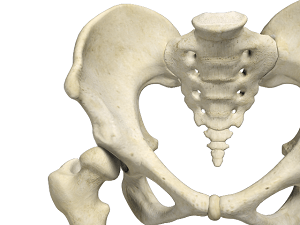-
Developmental Dysplasia

Developmental dysplasia of the hip (DDH) or hip dysplasia is a condition that is seen in infants and young children because of developmental problems in the hip joint. The femur (thighbone) partially or completely slips out of the hip socket leading to dislocation at the hip joint. It is most common in the first-born baby with a family history of the disorder.
-
Hip Dislocation

The hip joint is a “ball and socket” joint. The “ball” is the head of the femur or thighbone, and the “socket” is the cup-shaped acetabulum. The joint is surrounded by muscles, ligaments, and tendons that support and hold the bones of the joint in place. Hip dislocation occurs when the head of the femur moves out of the socket. The femoral head can dislocate either backward (posterior dislocation) or forward (anterior dislocation).
-
Pediatric Femur Fracture

The femur or thighbone is the largest and strongest bone in the human body. Pediatric thighbone fractures can occur when your child falls hard on the ground and gets hit during sports, automobile accidents and child abuse. In a thighbone fracture, the broken bones may be aligned or displaced. The fracture can either be closed (with skin intact) or open (with the bone piercing out through the skin). Your child may experience severe pain, swelling, inability to stand and walk, and limited range-of-motion of the hip or knee.
-
Hip Injury

Diagnosis of a hip injury often begins with a history and a physical examination. Your doctor may ask you questions related to your general health and any history of accidents or injuries. You will be asked to perform various range-of-motion exercises to replicate your pain. Most patients experience acute pain with weight-bearing and active range of motion, and minimal pain when the doctor moves the hip for them (passive range of motion).
-
Hip Instability

Injury or damage to these structures can lead to a condition called hip instability when the joint becomes unstable.
-
Hip Pain

Hip pain, one of the common complaints, may not always be felt precisely over the hip joint rather in and around the hip joint. The cause for pain is multifactorial and the exact position of your hip pain suggests the probable cause or underlying condition causing it.






